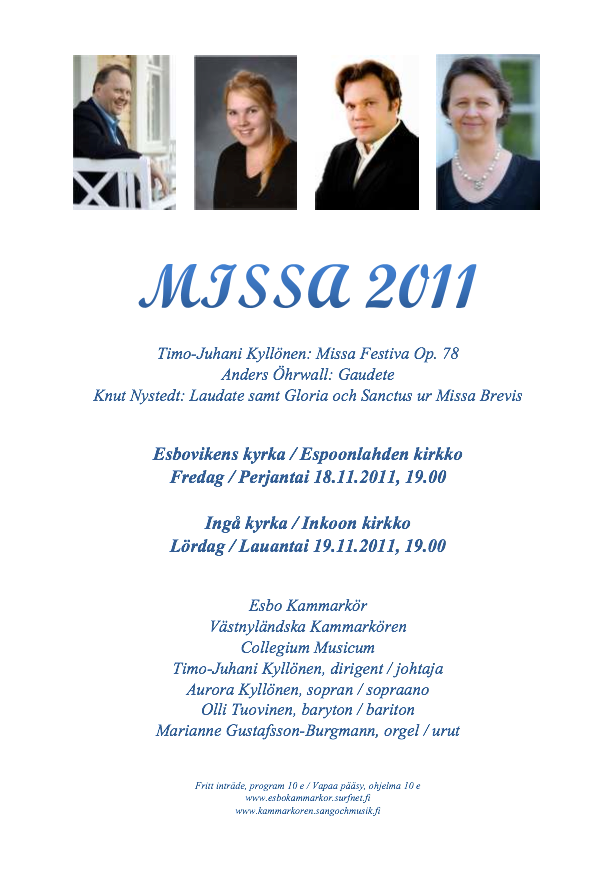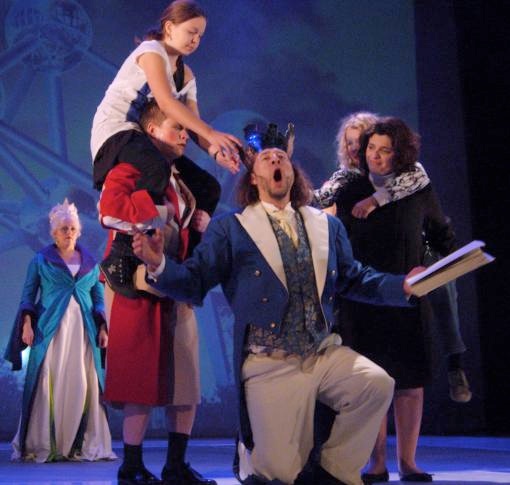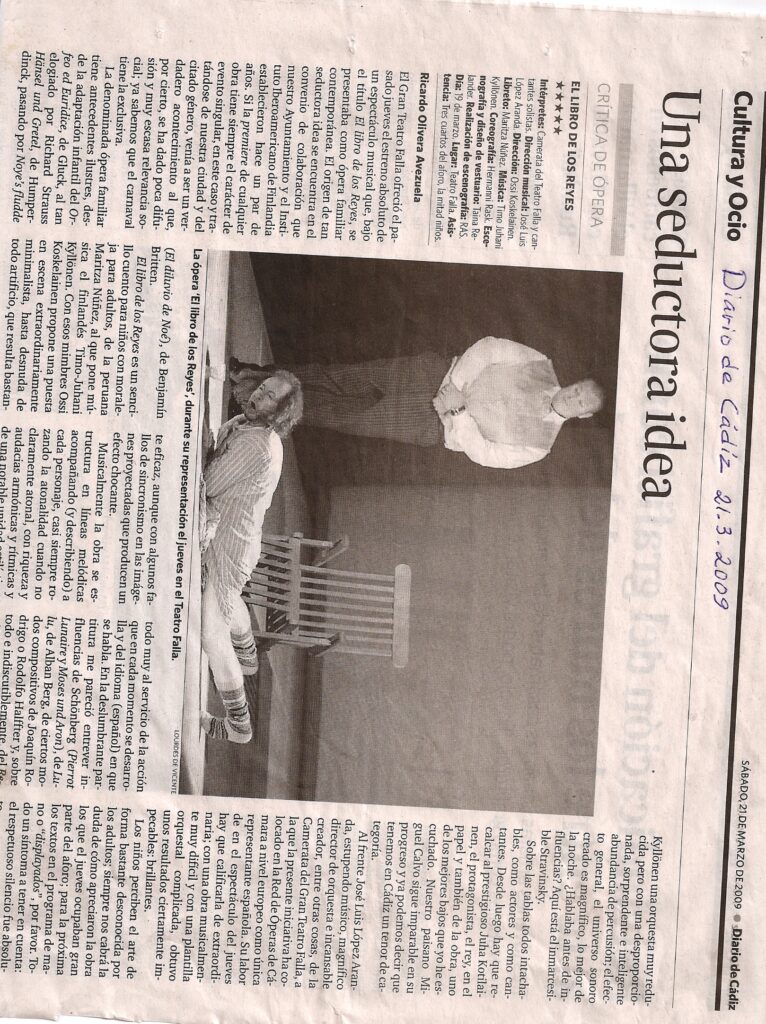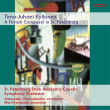Symphony No. 1 Op. 8 (1985-86)
Kyllönen composed his first symphony in Moscow. The original idea for it occurred to him in winter 1985, while he was travelling to Munich, and he describes it as a synthesis of the feelings he experienced during his time as a student in Moscow. Vast in one movement, it falls into three sections and begins with an overture motif in which Kyllönen has hidden the syllabic structure of his own fore- and surname as rhythmic elements. This is followed by a more lively section that prophetically includes some lyrical motifs. These lead to the slow, lyrical part of the symphony. Then when the “name theme” returns, it does so in timpani glissandos. The closing section creates a synthesis in combining fragments of the symphony´s various motifs.



